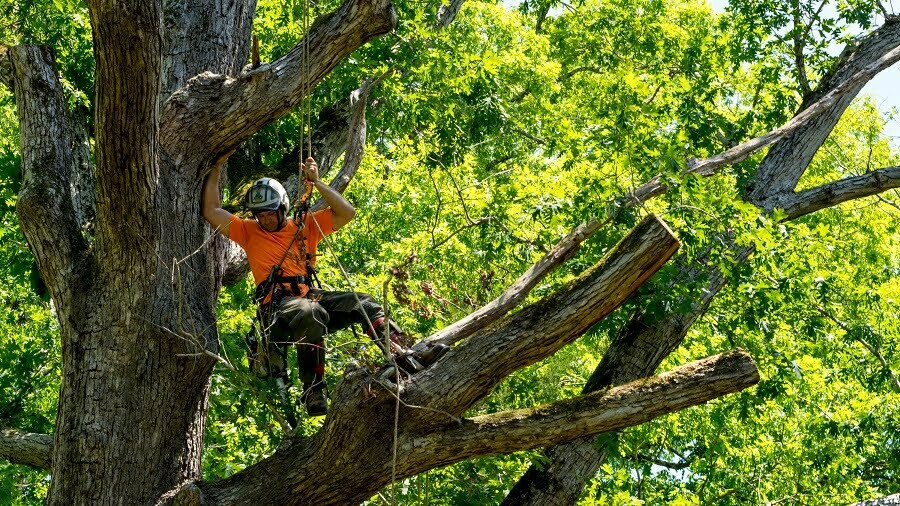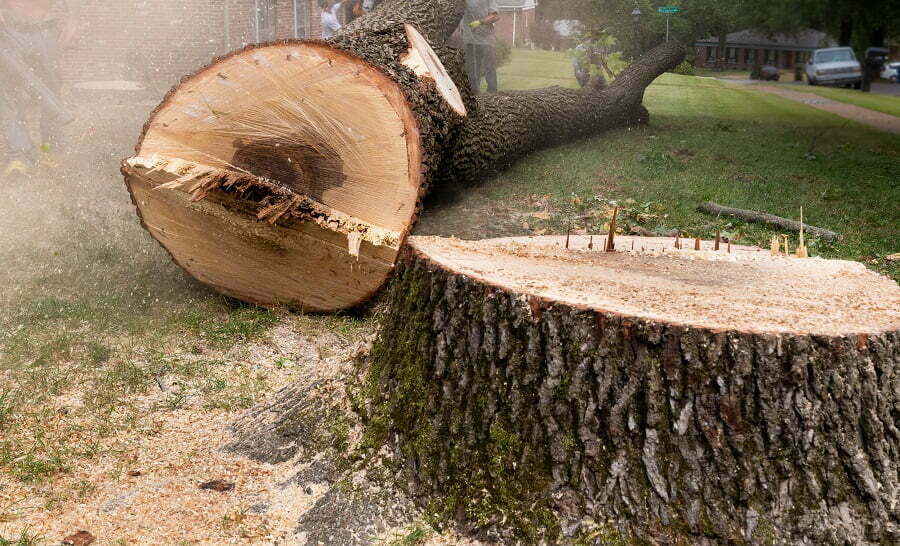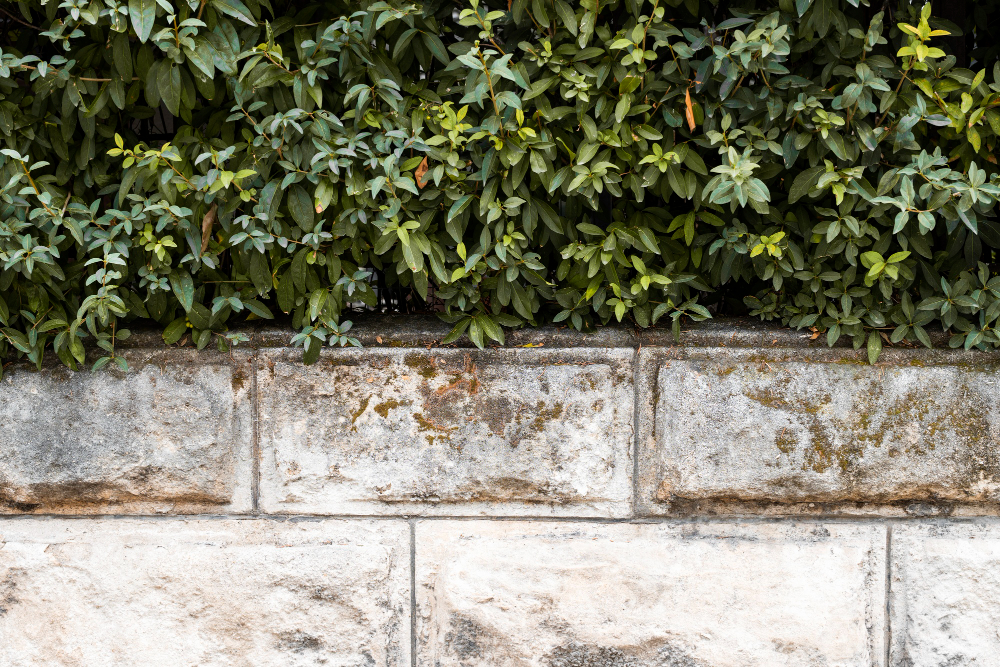Last updated on
Here are the three things to know when you’re looking to remove a tree on heritage properties. Read on!
Trees are one of the many gifts nature provides. The cool shade they give, the beautiful colors they become as the season changes, the fresh breeze—out of all the plant life there is, trees are probably one of the most versatile wonders made by the Earth.
Many can agree how nice and homey those trees look around your home, especially if you’re gunning for a completely eco-friendly house. However, there can be multiple reasons why many also disagree with that sentiment, such as:
- Less space, less property. As grand as trees are, they still take up most of the area where business owners can set up or spread out their properties.
- Causes disturbance. This typically occurs when street trees are planted right by the sidewalk, causing their leaves and branches to shadow the road.
- Contagious diseases. Just like people, trees can also get sick and die. However, some tree diseases can infect other neighboring flora until they die out.
- Dead trees. Although it’s still capable of providing shade, once a tree is dead, it can’t circulate the air anymore. Not only that but having a dead tree in the middle of lush greenery or outside a building might not be that aesthetically pleasing as when it’s still alive.
Of course, cutting down these trees is the obvious solution. But doing so may land you in a jail cell or with an excessive fine. So, what can you do to avoid these situations?
Identify the Tree

When you think of trees, the first things that might come to mind are tall, thick trunks with branches and leaves at the top. While that’s their basic appearance nailed down, there are other characteristics you should consider as well.
Species
Some states prohibit specific species of trees from being removed without permission. However, few forbid these species from getting removed—no questions asked. Examples of these are Tree of Heaven, Mulberry, and Norway Maple. Therefore, you must be careful and thorough in your research. You can also hand this task over to an arborist from tree services such as Canopy Tree and other firms in your area.
Measurement
If you’re having trouble differentiating one tree from another, why not measure it, instead? The rule of thumb here is the bigger the tree is, the more likely it’s protected. However, as a reference, any tree that has the minimum trunk diameter of 10 inches to 20 inches if it has multiple trunks—already requires a permit.
Of course, the sole exception to this rule is heritage trees. From how long it stood on its plot of land, this kind of tree can measure from 36 inches to 100 inches and above. So, keeping both its size and age in mind, you may need a mayoral decree that swears the heritage tree will continue to live on once it’s been replanted, even after the three-year assessment period.
Conditions
Typically, your chances at a successful tree removal would depend on whether or not a tree is hazardous. Of course, identifying a dead tree is a no-brainer; where you might struggle is ascertaining its diagnosis if it’s sick.
If that’s the case, an arborist can identify it for you. Anything related to trees is their specialty, after all. Once it’s proven to be hazardous, even heritage trees have no choice but to be cut down.
Know the Regulations

As mentioned earlier, states have different laws and regulations regarding tree removal. Some states are strict and would require a permit to remove the tree. In some states, there are species included in those that are forever inhibited from any removal (unless given reason). In the end, you can only avoid getting fined or jailed by acknowledging the tree removal regulations from the state you’re on.
Apply for a Permit
While you might think these regulations are an exaggeration, you must remember: trees contribute so much to everyone’s quality of life. However, as much as they leave lasting impacts on our lives, they’re also challenging to grow, which sheds more light on why state officials are wary of having trees be removed in their environments.
So, to prove you’re trustworthy, make sure to research how the tree removal will affect the area around it. Now, here are some questions that might get brought up during evaluation:
- Are there similar species in the same place?
- Will the soil erode and hinder the surface water flow?
- Are the plants left behind encouraged to grow once the tree’s removed?
By studying how the tree you’ll be removing may affect its surrounding nature, you can better prepare yourself in building your argument on why that specific tree must be removed.
Chop, Chop
Because of how deeply they influence the ecosystem, trees are considered valuable within society. So, regulations are implemented to preserve them and help bolster their numbers. Now, before you can go ahead and remove a tree on your property, you must be careful in weaving through these restrictions.
Related reading:
Table of Contents





